- 690A
- Pièce
- 2017 -
Fait partie de FHYA curation of a selection from the Anthropological Collection at the KwaZulu-Natal Museum
[Source - Chloe Rushovich for FHYA, 2020, transcription of KwaZulu-Natal Museum database extracts: Entry in the Accessions Register (Ethnology Book 1) for Accession 690: "Zulu necklaces constituting a letter. Zulu name Umampapeni. - not in dictionary [later addition in a different handwriting]. (The idea of the cross was attained from the Red Cross on hospital trains and wagons.)." This Accession may be made up of items previously grouped under other Accession Numbers (see notes): Entry in the Accessions Register (Ethnology Book 1) for Accession 616: "Zulu necklet (ulimi)". Entry in the Accessions Register (Ethnology Book 1) for Accession 48: "Native bead necklet of various patterns". Entry in the Accessions Register (Ethnology Book 1) for Accession 49: "Native bead anklet".]

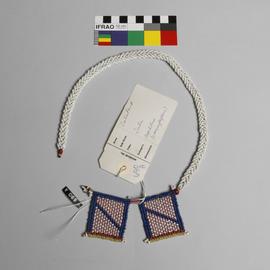
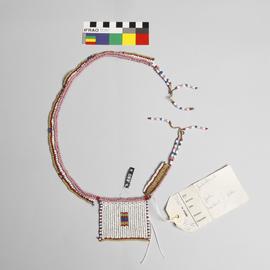
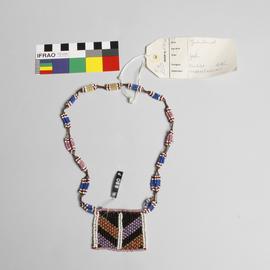
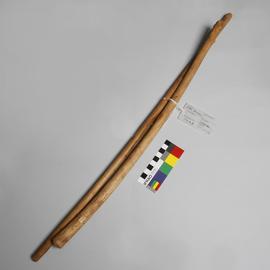
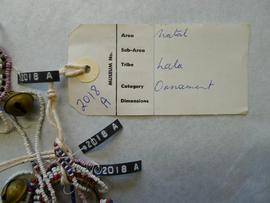
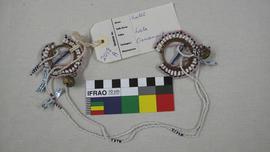



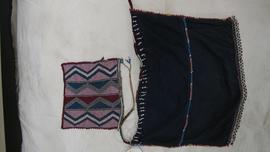
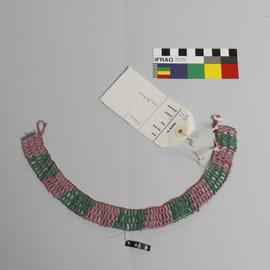
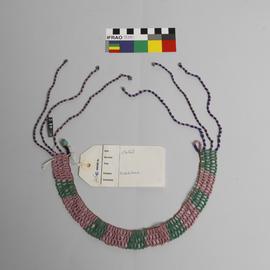
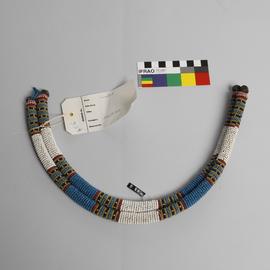
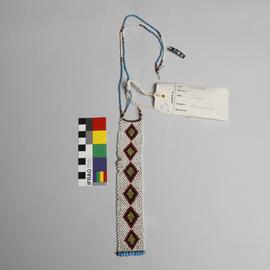
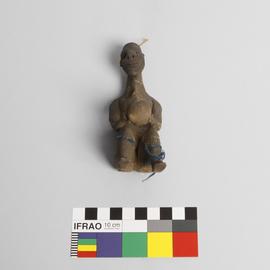

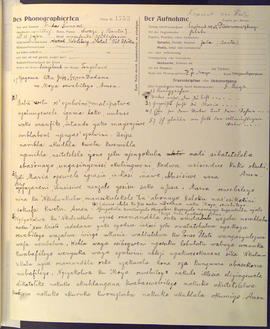
![Marian song: Descants, sung by several girls [accompanied by a reed organ], handwritten protocol](/uploads/r/austrian-academy-of-sciences-oaw/4/e/0/4e07249b9dff709f4a6cd903fd7b2975dcf8316b80a028e353be92b11ffb4f41/OAW_Mayr_1908_The_Collection_of_Father_Franz_Mayr_Zulu_Recordings_handwritten_protocol_Ph_1761A-1761B_142.jpg)
![Umququmbelo: dance song [of the Christian Zulus] Three-part singing by four grown-up girls, handw...](/uploads/r/austrian-academy-of-sciences-oaw/6/3/1/631a6dd63cdcafd5cfba94204e0fc65367f21e85ada8db1cb0d946bd616570e8/OAW_Mayr_1908_The_Collection_of_Father_Franz_Mayr_Zulu_Recordings_handwritten_protocol_Ph_1754v_142.jpg)